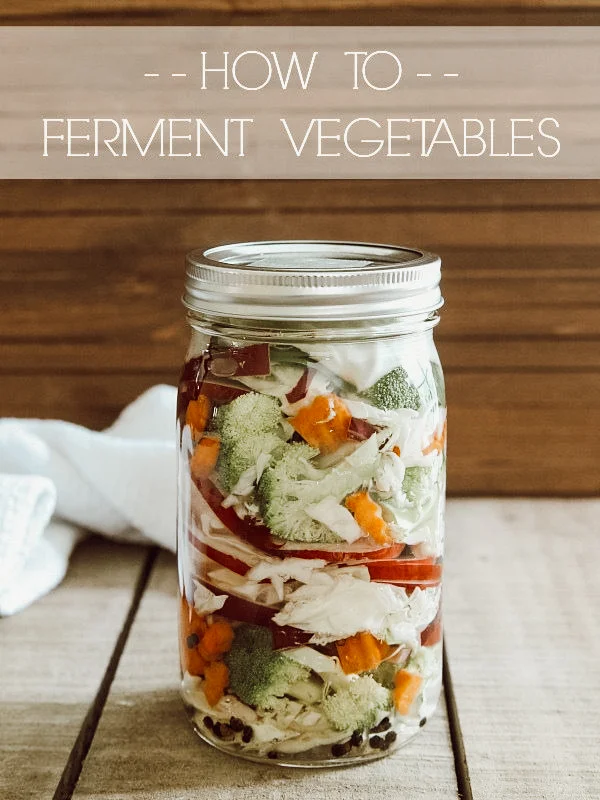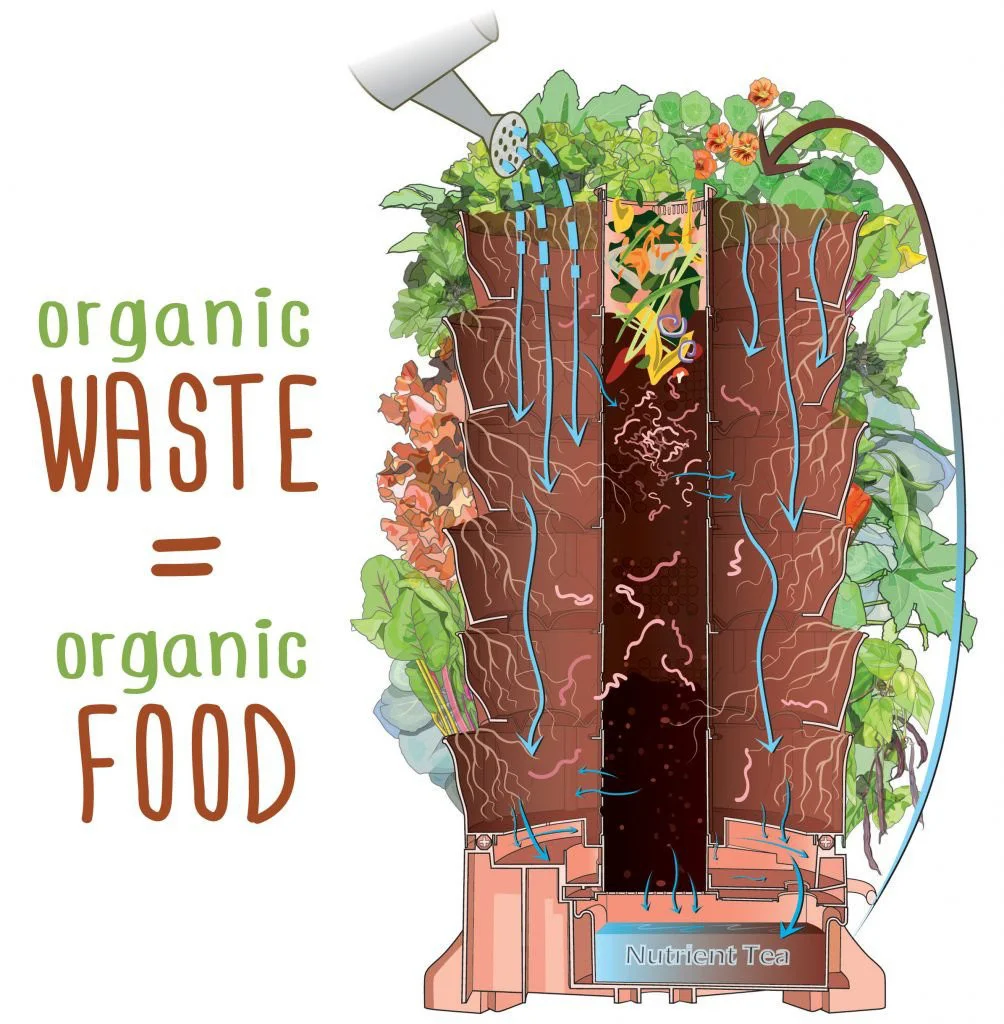How To Ferment Your Veggies
There are so many health benefits to eating fermented veggies. Its also not as hard as you may think.
How To Ferment Your Veggies
There are plenty of people that love to experiment in the kitchen, especially since it can be so expensive to eat out. It doesn’t matter whether you are an individual or have a big family, the truth is that cooking can not only save money, but can help to create moments with your significant other and/or children that you may end up cherishing for a lifetime. However, are you aware of the trend of fermenting your food? For those who take their health and wellness seriously, you may have heard of it.
What You Need
Before you start to worry about your wallet or purse - don’t worry. Fermenting your vegetables doesn’t require a lot of money, although you can definitely splurge on some fermenting equipment if your heart desires. However, all you honestly need to ferment your own veggies is a mason jar, a plastic lid, some water, and some salt - not exactly an intimidating list!
Choose Your Vegetable
You can ferment whatever vegetables you like, but some common choices are carrots, radishes, broccoli. Of course, you should go with whatever your preference is. The good news is that you don’t have to eat it immediately, so if you aren’t in the mood for it ASAP, you can save it for another day after the fermentation process. Next, all you have to do is make one simple decision: are you slicing or chopping the vegetables?
How It’s Done
Place all of the vegetables in the mason jar but leave an inch of space at the top. Stir the salt into the water until it’s dissolved (two cups is enough), then pour the water over the vegetables. You should still have a ½ inch of space left, if you are using 1 quart wide mason jar. The standard amount of salt is 1 ½ tablespoon of sea salt.
Close the jar tightly, and place it out of direct sunlight. You should wait several days, and start checking on them after day two. You can open the lid a bit once a day to make sure that the gas is released, and your vegetables might be fully fermented after about day 5 or so. If you prefer some extra tanginess, you can wait until day 7 or 8, but by day 10, they should definitely be fermented enough.
Then, place the veggies in the refrigerator. All done!
Why Bother?
Well, some people love the taste. Kimchi is a fermented vegetable, to give you an idea of the kind of taste that you can expect. If you are a fan of kimchi, or simply want to consume vegetables in a new and interesting way, it can be a great move.
For others, the probiotics are the real sell here. For those who might be unaware, probiotics can do wonders for the digestive system. If you’ve been experiencing stomach-related issues, whether it’s diarrhea, or are even looking for quick methods to boost your immune system and/or possibly lose weight - probiotics may absolutely help in that regard, as well.
Switch Things Up
You might simply want to enjoy fermenting your own vegetables to try vegetables in a new and exciting way. The truth is that we often eat vegetables since a child and are used to one certain taste, without ever trying to switch things up. If you have a significant other, you can make an activity out of it, and be proud that you are taking time out of your day to make sure that your diet is healthier. If you have children, you can also make a tradition out of fermenting vegetables every once in a while, and giving them a health lesson on its benefits, as well.
LOVE THIS STUFF? Get my free self care guide





